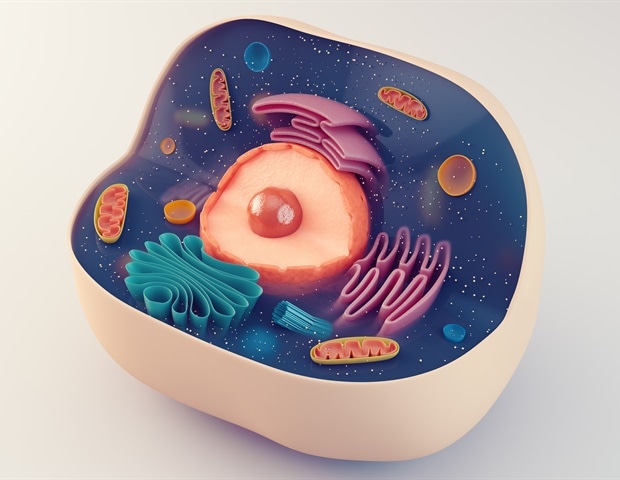Thanks to a new technology called Moscot (“Multi-Omics Single-Cell Optimal Transport”), researchers can now observe millions of cells simultaneously as they develop into a new organ-for example, a pancreas. This groundbreaking method was developed by an international research team led by Helmholtz Munich and has been published in the renowned journal Nature.
Until now, biologists had only a limited understanding of how cells develop in their natural environment-for instance, when they form an organ in the embryo. “Existing methods provided only snapshots of a few cells or could not link the dynamic processes in space and time,” explains Dominik Klein, one of the lead authors of the study, a PhD candidate at the Institute of Computational Biology at Helmholtz Munich, and a researcher at the Technical University of Munich (TUM). “This has greatly limited our understanding of the complex interactions during organ development and in disease processes.”
Moscot maps cell development in entire organs and organisms
Together with an interdisciplinary team led by Giovanni Palla (Helmholtz Munich), Marius Lange (ETH Zurich), Michal Klein (Apple), and Zoe Piran (Hebrew University of Jerusalem), Dominik Klein developed Moscot. The team drew on a theory developed in the 18th century: the theory of optimal transport, which describes how objects can move most efficiently from one place to another to minimize time, energy, or cost. The application of optimal transport to two populations of cells had previously been limited by the size of biomedical datasets. This obstacle has now been overcome thanks to advances in artificial intelligence, significantly influenced by co-author Marco Cuturi (Apple).
“We have adapted our mathematical models to accurately represent the molecular information and position of cells in the body during their development. The theory of optimal transport helps us understand how cells move, change, and transition from one state to another,” says Klein. This now makes it possible to observe millions of cells simultaneously-with an accuracy that was previously unimaginable.
Moscot enables the multimodal mapping of single cells in spatial tissues and plays a crucial role in dynamic biological processes. It connects millions of cells over time, linking changes in gene expression to cellular decisions. The implementation of Moscot aims to analyze enormous datasets using complex algorithms while providing an intuitive interface for biologists. Additionally, Moscot precisely and simultaneously captures the molecular state of a large number of cells and describes their development in space and time. This makes it possible for the first time to track and better understand complex cellular processes within entire living organs and organisms.
New insights into pancreas and diabetes research
Moscot’s application has provided new insights in pancreas research: the team succeeded in mapping the development of hormone-producing cells in the pancreas based on multimodal measurements. Based on these findings, scientists can now analyze the underlying mechanisms of diabetes in detail. “This new perspective on cellular processes opens up opportunities for targeted therapies that address the root causes of diseases rather than merely treating symptoms,” says Prof. Heiko Lickert, who heads the Institute of Diabetes and Regeneration Research at Helmholtz Munich and is co-last author of the study together with Prof. Fabian Theis.
A turning point in medical research
Fabian Theis, Director at the Institute of Computational Biology at Helmholtz Munich and TUM professor, emphasizes the significance of Moscot for biomedical research: “Moscot is changing the way we understand and use biological data. It enables us not only to capture the dynamics of cell development in unprecedented detail but also to make precise predictions about the progression of diseases, aiming to develop personalized therapy approaches.”
For Theis, Moscot is a prime example of interdisciplinary collaboration: “The successful combination of mathematics and biology in this project impressively demonstrates how crucial collaboration between different disciplines is for achieving true scientific breakthroughs. Thanks to close cooperation with the team led by Heiko Lickert from the Helmholtz Diabetes Center, we were able to validate Moscot’s predictions through laboratory experiments.”
Source:
Journal reference:
Klein, D., et al. (2025) Mapping cells through time and space with moscot. Nature. doi.org/10.1038/s41586-024-08453-2.
Source link : News-Medica

